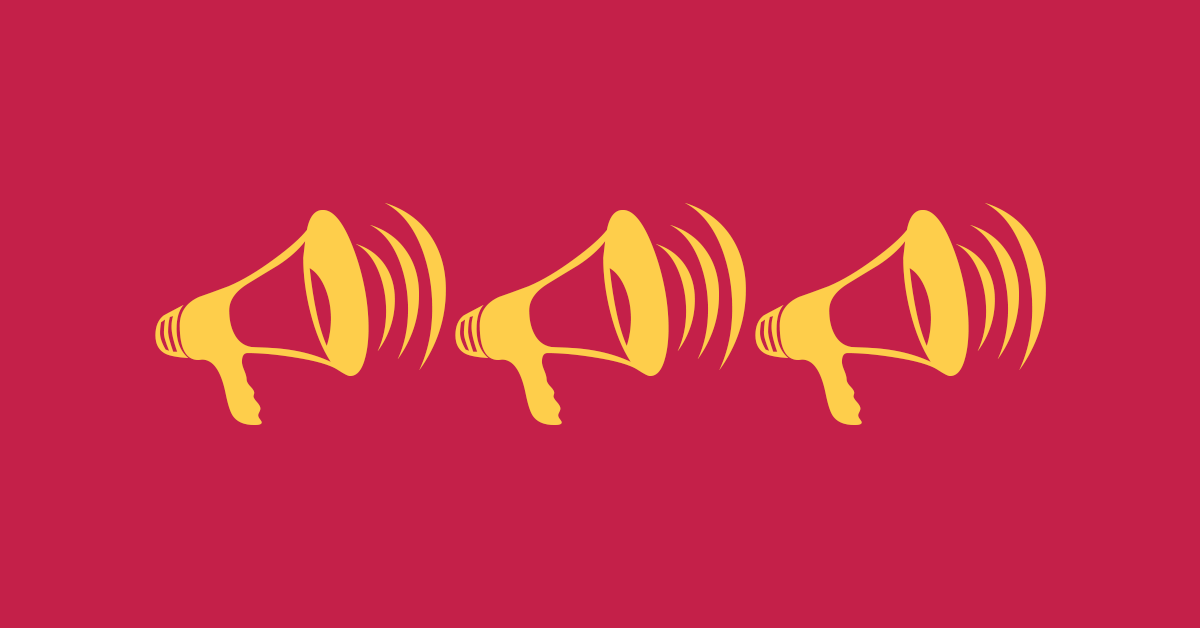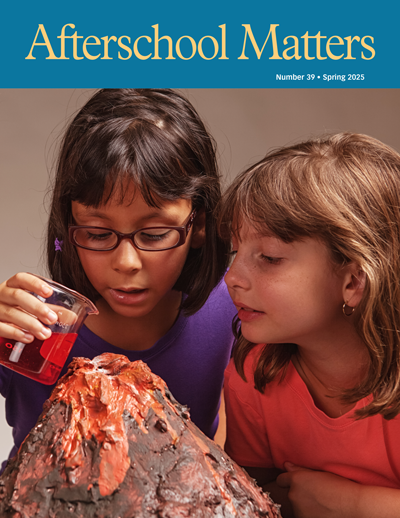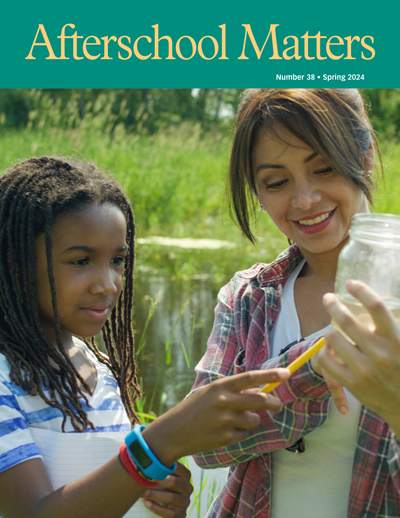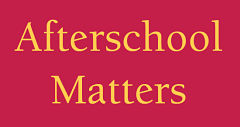Call for Papers on Creative Youth Development in Afterschool Education
December 12, 2018
 We are seeking articles for future issues of Afterschool Matters, a peer-reviewed journal dedicated to promoting professionalism, scholarship, and consciousness in afterschool education. Published by the National Institute on Out-of-School-Time (NIOST) with legacy support from the Robert Bowne Foundation, Afterschool Matters serves practitioners who work with youth in out-of-school time (OST) programs, as well as researchers and policymakers in youth development.
We are seeking articles for future issues of Afterschool Matters, a peer-reviewed journal dedicated to promoting professionalism, scholarship, and consciousness in afterschool education. Published by the National Institute on Out-of-School-Time (NIOST) with legacy support from the Robert Bowne Foundation, Afterschool Matters serves practitioners who work with youth in out-of-school time (OST) programs, as well as researchers and policymakers in youth development.
The Spring 2020 issue will include a focus on creative youth development. CYD is a new term for a longstanding theory of practice that integrates creative skill building, inquiry, and expression with positive youth development principles, fueling young people’s imaginations and building critical learning and life skills. See creativeyouthdevelopment.org.
Suggested topics for papers include:
- Descriptions, research, and analyses of OST programs and initiatives that use CYD to support learning
- Cultivation of creativity, social and emotional competencies, or leadership skills among CYD program participants
- Key aspects that define the CYD framework
- The role of teaching artists in CYD programs; innovative practices of teaching artists
- How CYD programs engage in holistic approaches and trauma-informed practice
- Family engagement in CYD programs
- Peer and adult mentoring in CYD programs
- Insights on supporting CYD program alumni to assume staff and leadership roles
- School-community partnerships that have supported CYD
- Workforce development partnerships and initiatives in CYD programs
- CYD and social justice, youth voice, or media literacy
- Strategies for increasing the number of communities or programs using the CYD framework
- Personal or inspirational CYD-focused essays for our section “Voices from the Field”
For consideration for the Spring 2020 issue, submit your article no later than May 25, 2019 to
- Submit your article electronically in Microsoft Word or rich text format. Submission should not exceed 5,000 words. Use 12-point Times New Roman font, double-spaced, with one-inch margins on all sides. Leave the right-hand margin ragged (unjustified), and number pages starting with the first page of text (not the title page, which should be a separate document).
- Include a separate cover sheet with the manuscript title, authors’ names and affiliations, and the lead author’s phone number and e-mail address.
- The names of the authors should not appear in the text, as submissions are reviewed anonymously by peers.
- Follow the Publication Manual of the American Psychological Association, 6th edition (2009), for reference style guidelines. Present important information in the text and do not use extensive footnotes.
We welcome inquiries about possible article topics. To discuss your ideas, please contact:
Georgia Hall, PhD
Director & Senior Research Scientist
National Institute on Out-of-School Time
E-mail:



